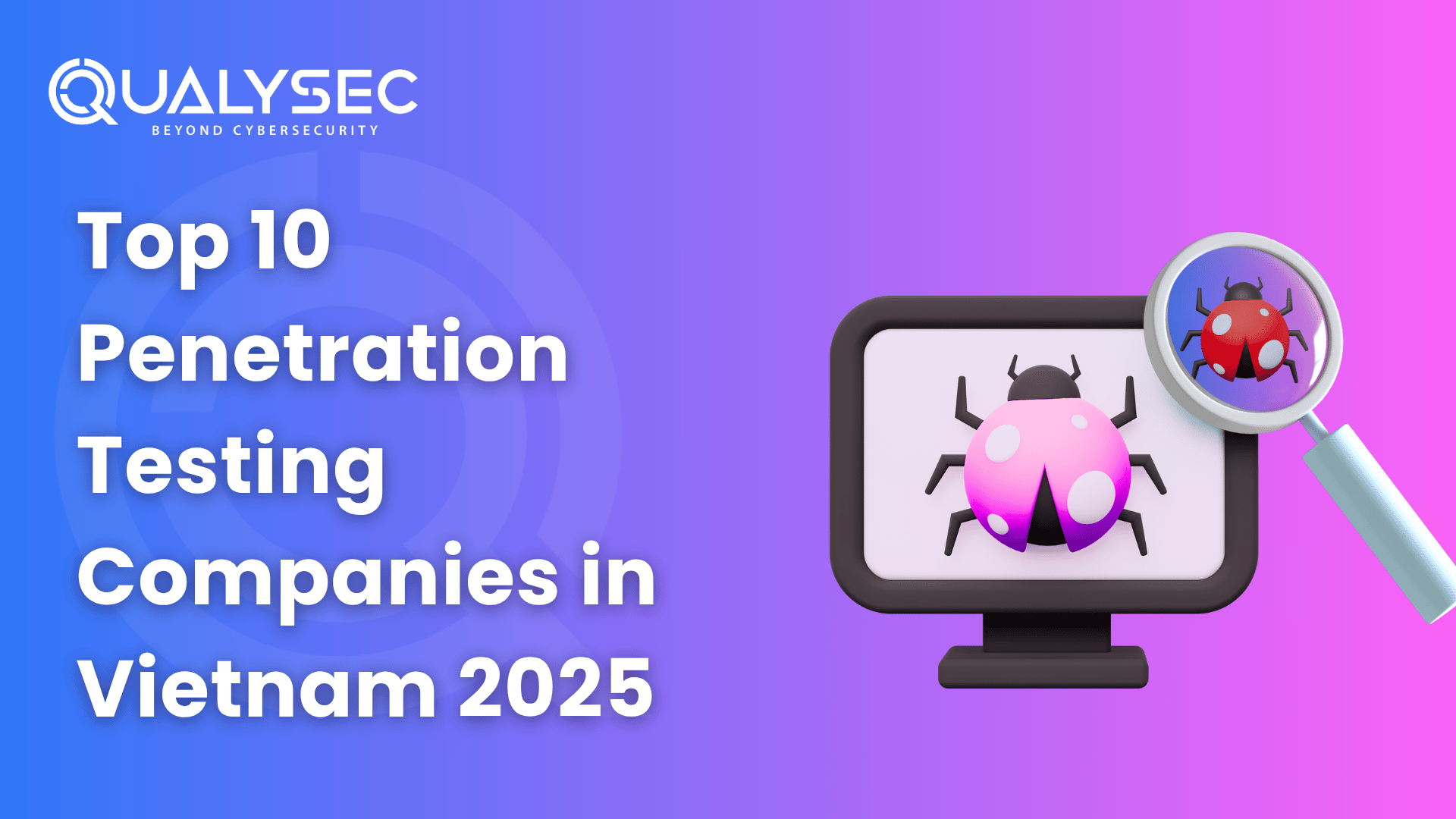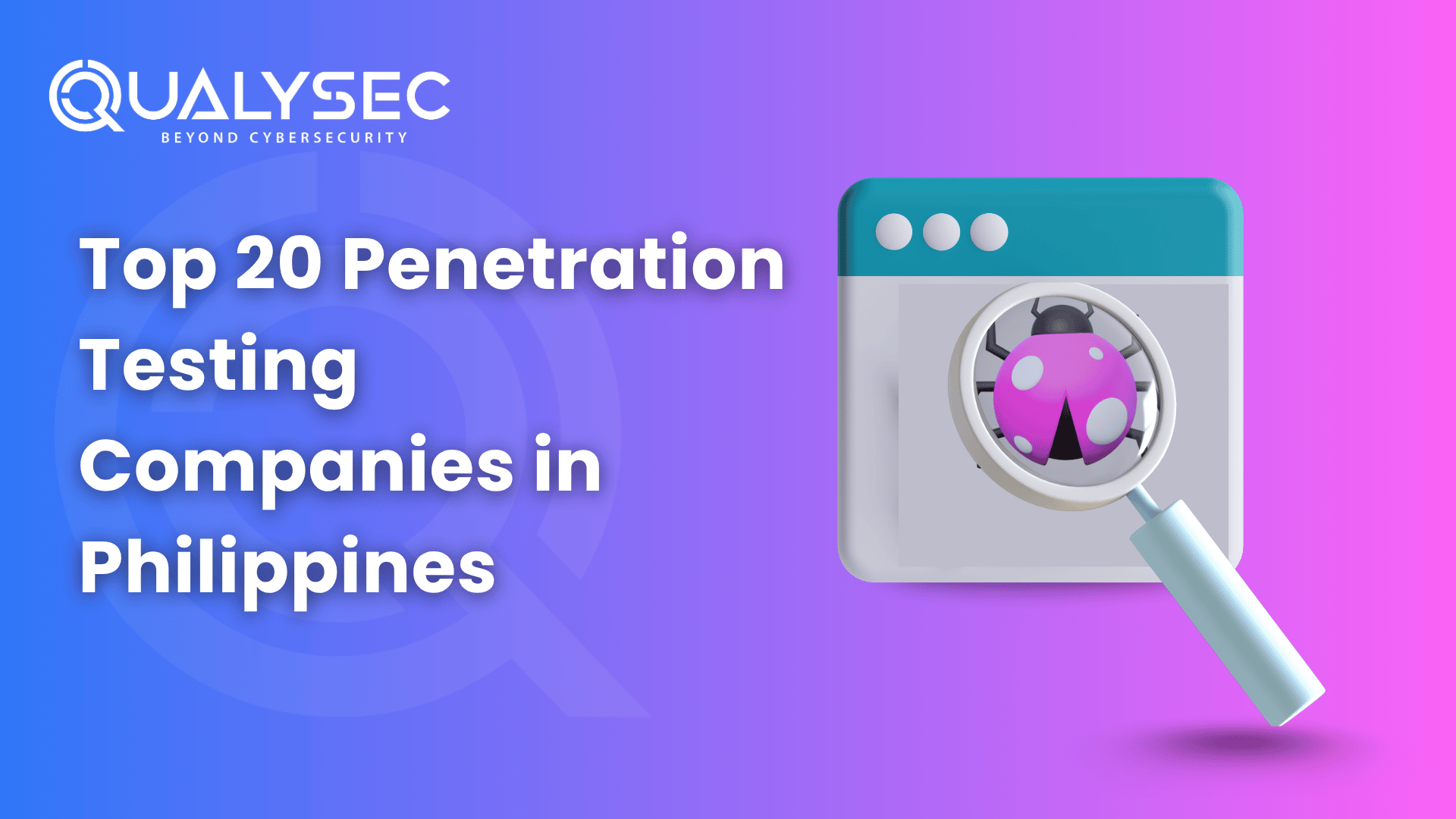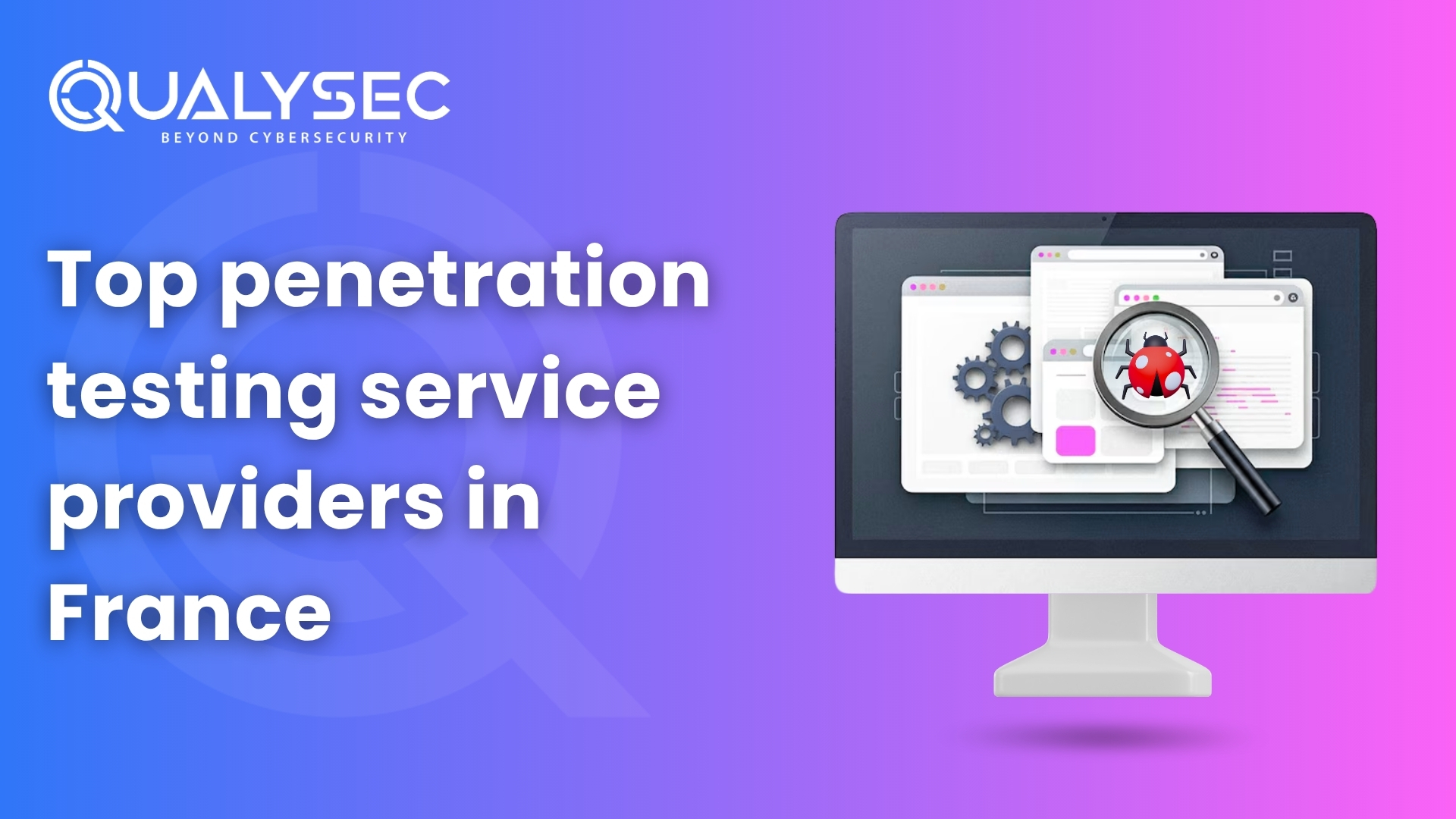Consider yourself a detective, carefully searching through lines of code in search of hidden gems or lurking dangers. Source code review is more than simply a technical checkpoint; it is an exploration, cooperation, and improvement journey for your business.
Everything in today’s fast-paced world is done over the internet. You’ll be surprised to learn that the Google Play Store presently has 3.48 million apps and that 3,739 new apps are launched every day. Programming is the first step in creating an application.
However, security is frequently overlooked or compromised during the process. Consider the upheaval that will ensue if these items include severe flaws. As a result, before a product enters the market, it must be thoroughly tested from every potential security viewpoint!
In this thorough blog, we’ll uncover the complexities of source code review, explain its significance, and provide you with the skills to traverse this intriguing world. So, strap up and get ready to go deep into the heart of code!
What is Source Code Review in Cyber Security?
Source code reviews are a good way to uncover flaws that are difficult or impossible to find during black-box or grey-box testing. The skilled security architects do a quick and thorough code review, armed with a detailed checklist of typical implementation and design flaws. As a result, the experienced team can swiftly examine your code and offer you a report that includes any vulnerabilities detected during the research phase.
Source code audit may reveal not just which statement on which line of code is susceptible, but also the tainted variable that introduces the vulnerability. It demonstrates the propagation from root cause to outcome in this way. This gives application developers a comprehensive picture of each occurrence of vulnerability, allowing them to instantly grasp the scope of the issue.
Source Code Review Vs. Secure Code Review: The Main Difference
In general, the code review seeks to discover potential failures, defects, or areas for improvement in the source code based on the syntax and best practices of each language. While the secure code review is concerned with finding security flaws. Here’s the difference you must know about:
Source Code Review:
The purpose of the code review is to identify and highlight software failures, flaws, and possibilities for improvement. The review can be done in pairs or by a single developer; the most essential thing is that the code is understood and distributed among the developers.
In general, code reviews are performed after each commit (when a code change is made) or, in certain circumstances, after each Pull Request (when a section of the code from a branch is requested). The developer must follow best practices while reviewing code; in certain circumstances, the firm itself may have a development guide.
Secure Code Review:
In the secure code review process, emphasis must be focused largely on application security, in addition to some of the issues specified in the code review. It is critical to be aware of potential security breaches, since some of these failures may be connected to, but are not limited to, authentication, authorization, session management, code injection, access control, and data input.
The manual review in secure code review will concentrate on examining code security violations. This review is typically more accurate, but slower since its business rules are taken into consideration; as a result, the probability of having false positives may be minimized, which is a significant benefit of this technique.
Read more: Discover the top cybersecurity audit companies
Why is Source Code Audit Important?
Building an application begins with writing code. Consider Mark Zuckerberg, the CEO of Facebook, and his army of developers. The tiniest mistakes might lead to functional issues and damage the app’s functionality.
However, when coding, the security component is frequently compromised or ignored. Loopholes in your code might allow viruses and malicious attackers to penetrate the system, compromise data, and damage the application’s availability or performance.
Application source code review might be Dynamic Analysis Security Testing (DAST) or Static Application Security Testing (SAST). Both methodologies are complementary and used at different stages of the software development lifecycle to discover distinct vulnerabilities.
DAST, often known as black box testing, detects vulnerabilities in operating applications. SAST is deployed during the development process or as part of DevSecOps, making it simple for developers to discover and resolve issues as they code. An application security code review, also known as a source code audit, aids in the early detection of vulnerabilities in the software testing lifecycle.
What are the Benefits of Doing Source Code Review?
Code review is an essential way to improve software quality. It can help uncover problems and mistakes, enhance code readability, security, and maintainability, and facilitate knowledge exchange early in the development process. Implementing code reviews earlier in the development life cycle can save you time and money later on.
- Uncover Bugs
- Share Expertise
- Code Compliance
- Faster Development
- Effective Reporting
It may also be made easier for future developers to work on and comprehend the code that is reviewed by using code reviews earlier on. This promotes knowledge and communication among team members, as well as shared code ownership. Here are the advantages of application security code review:
1. Bug Tracking and Classification
An external reviewer’s efficient application source code review can pinpoint any issue that hides in the code. The earlier it is inspected, the less it will cost to repair. A safe source code review business will examine every nook and cranny of your software for thread synchronization difficulties, resource leaks, and security flaws. They ensure that all code pathways, error circumstances, and limit cases are covered by unit tests.
2. Expertise Sharing
Code reviews allow engineers to share their expertise and learn from one another. Developers can acquire new techniques, best practices, and coding standards by evaluating code created by others. Everyone on the team should benefit from code review. Reviewers should share their experiences and information with others, and developers should be open to comments and prepared to learn from their mistakes.
3. Building Code Compliance
Code review and source code security audits are primarily concerned with ensuring correct code efficiency and detecting bugs as soon as possible. An efficient code review assists in detecting errors before they become a problem for your company. It may continually enhance code standards and quality, resulting in smooth software integration and functioning. Good code reviews and audits meet the demand for resilient software.
4. Faster Development
While code reviews might take time, discovering flaws early in the development process can save time and money in the long run. Code reviews may assist in identifying issues that may cause future delays and allow developers to resolve them before they become larger problems.
5. Effective Reporting
Code reviews are an important component of successful documentation. The paperwork contains a definitive account of the review process and policies. The review system’s quality assurance technique assists businesses in identifying and detecting code defects and errors, as well as suggesting changes. Efficient documentation will reflect these insights and include all process specifics. It also makes future improvements easier for developers.
A comprehensive report can give developers an insight into bugs and vulnerabilities. Do you know, what a source code audit report looks like? Download our sample report for a complete view.
Latest Penetration Testing Report

How is Source Code Review Performed by Security Specialists?
Code review, whether manual, automatic, or a combination of the two, can be triggered by an automated notice or by a human. Manual and automatic code reviews use current best practices for providing robust source code audits. This two-pronged strategy captures the majority of probable faults.
Secure code review may occur at any point throughout the software development life cycle (SDLC), but it has the most impact when undertaken early in the process since it is the easiest and quickest way to make code improvements. Here’s how a professional penetration testing performs source code review:
Automated Reviews:
Evaluate large codebases quickly and efficiently with automation reviews. Pentesters conduct this evaluation while developing, utilizing either free source or paid tools to assist in uncovering vulnerabilities in real-time. SAST tools, which can give extra inputs, assist in uncovering vulnerabilities, and let testers address, and the most sophisticated development teams use these. The most successful development procedures also include developers completing self-reviews while coding.
Manual Reviews:
A senior or more experienced penetration tester does a comprehensive evaluation of the complete codebase during manual review. This procedure is time-consuming and tiresome, but it detects faults such as business logic issues that automated tools may overlook. A blend of automatic and manual evaluation is the ideal technique.
NOTE– Combining manual review with input from technologies like SAST improves overall code security and helps limit the number of problems that make it into production.
Want to learn more about the security of your source code from experts? Schedule a call for Free and talk to the Experts in the field of source code audits.
Talk to our Cybersecurity Expert to discuss your specific needs and how we can help your business.
Common Challenges in Source Code Review Security Testing?
Code reviews can detect up to 90% of errors. According to IBM research, code reviews discovered an average of 63 faults per 1,000 lines of code, but unit tests discovered just 12 errors per 1,000 lines of code. The following are the most common challenges in source code review.
1. Input Validation
One common error in website source code review is the lack or insufficient validation of user input. Inadequate input validation exposes systems to attacks such as SQL injection, buffer overflow, and cross-site scripting (XSS). A recent research found that 40% of online apps contain input validation flaws. All user input must be validated and sanitized by developers, who must follow stringent data validation guidelines.
2. Insecure Authentication and Authorization
Code reviewers must exercise caution to ensure that robust authentication methods, such as secure password storage, multi-factor authentication, and safe session management, are in place. Similarly, to avoid privilege escalation and unlawful access, authorization methods should be extensively assessed.
3. Inadequate Logging and Monitoring Methods
Inadequate logging and monitoring methods reduce insight into system activity and can impede the prompt discovery of security events. Code reviewers should ensure that the system records essential events and any security-related activity effectively. It is also critical to have a strong monitoring infrastructure that includes real-time alerting, anomaly detection, and reaction methods.
4. Insecure Configuration Management
Attackers love misconfigured systems. Incorrectly configured security settings can expose and expose systems. Pay special attention during code review to analyzing configuration files, ensuring secure default settings, and reducing attack surface areas. These hazards may be mitigated with regular audits and configuration management techniques.
5. Improper Error Handling
When you don’t handle errors appropriately, attackers might gain important information about the system and exploit possible vulnerabilities. Developers should avoid releasing sensitive information in error messages and ensure that error handling methods are resilient, only supplying users with necessary information.
What are the Best Practices of Source Code Review?
In today’s linked world, when data breaches and cyber threats are becoming more regular, ensuring the security of your software applications should be one of your top responsibilities. Fortunately, many potential risks and vulnerabilities may be avoided by designing better and more secure code and conducting a comprehensive code review process. Here are 5 best practices for source code review vulnerabilities findings:
1. Establish Clear Goals
Before beginning a code review, you should define precise security goals that you hope to achieve through the review process. Setting explicit objectives helps to keep the evaluation focused and targeted. To acquire the most complete evaluation possible, you should enlist a wide group of reviewers. Form a team of people who are knowledgeable about secure coding methods and various programming languages.
2. Safeguard Sensitive Data
When sensitive data, such as personal information or credit card numbers, is involved, you must take special precautions to secure it. Remember to use appropriate encryption, such as strong 2-way encryption or cryptographic hashing techniques. Maintain a frequent assessment of the algorithms you employ to ensure they are still safe. Of course, if you need to send critical data, be sure the connection is safe.
3. Use Secure Authentication
Authentication helps you to determine whether a user or entity is who they claim to be. However, unless they show the necessary credentials, it is better to presume they are not who they claim to be. You should additionally impose password complexity (we know what that is – at least one capital, one lowercase, one digit, one special character, and a specified length). It may be difficult for users to remember, but that is why password managers exist.
4. Keep an Eye Out for New Dangers
In the ever-changing software security world, staying up to current on emerging risks and attack methodologies is critical. Encourage code reviewers to continue learning about the newest security flaws and remedies. By remaining educated, code reviewers may successfully discover new threats and integrate appropriate security measures during code reviews.
5. Use Automated Tools
Using automation code analysis tools that are security-focused will considerably improve the efficiency and efficacy of code reviews. These tools will swiftly uncover common security-related errors and assist in spotting possible vulnerabilities by statically inspecting your code. Automatically testing your code can also aid in the discovery of bugs in code that was not written by your team, such as third-party libraries and frameworks.
Conclusion: Review Your Source Code with Experts
Conducting a source code review project might appear to be a difficult process, particularly for people who are unfamiliar with it. The procedure, however, may be accomplished effectively with adequate preparation, execution, and a deep grasp of the code being evaluated.
When evaluating code, always prioritize security, correctness, and thoroughness, and don’t be reluctant to seek assistance or guidance from colleagues or industry experts when necessary. You may effectively complete a source code review project and contribute to your organization’s software development efforts if you keep these recommendations in mind.
DO YOU KNOW WHO A RELIABLE INDUSTRY EXPERT IS?
As enterprises attempt to create robust and secure applications, collaborating with a reliable and creative solution provider becomes critical. QualySec Technologies appears as the best option for companies looking for quality in source code review in cyber security.
We assure complete assessments that go beyond detecting concerns to encouraging a culture of continuous development by utilizing cutting-edge techniques, dedication to industry best practices, and a staff of seasoned specialists. With QualySec Technologies, you can improve code quality and security while setting the benchmark for excellence in source code review.
We use a hybrid approach combining manual and automation tests that gives us Zero false positives for every code reviewed. We are the only processed-based penetration testing company in India that excels in securing application source code review.
Contact us today to secure your codes. Be sure about your codes before deploying them with us!
FAQs:
1. How do you review source code?
Manual code review entails a human inspecting source code line by line for flaws. Manual code review aids in the clarification of the context of coding decisions. Automated tools are speedier, but they cannot consider the developer’s goals or general business logic.
2. Why do we need a source code review?
Secure code review is a manual or automated procedure that evaluates the source code of an application. This examination’s purpose is to detect any current security flaws or vulnerabilities. Among other things, code review searches for logic flaws reviews spec implementation, and verifies style rules.
3. What are the two types of code review?
In addition to personally scanning the code, automated security code review technologies may be used to complete the audit. They are classified as SAST (Static Application Security Testing) and DAST (Dynamic Application Security Testing).
4. What are the two benefits of the code review process?
Code reviews may help your team and project by increasing code quality, detecting problems, sharing information, boosting communication, and promoting a collaborative culture.


















































































































































































































































































































































0 Comments